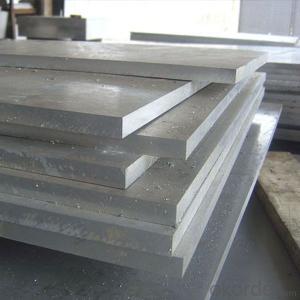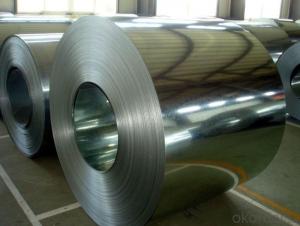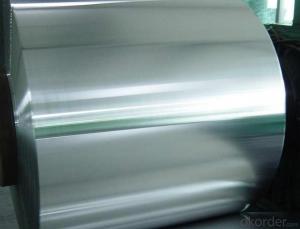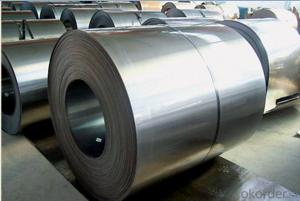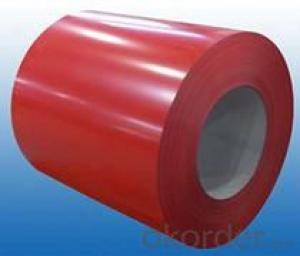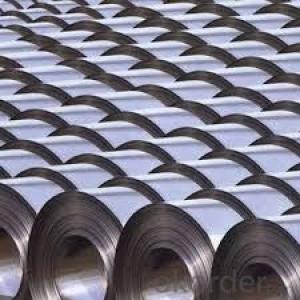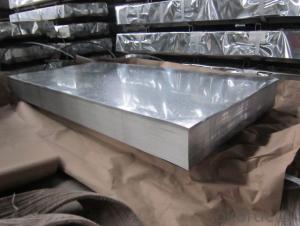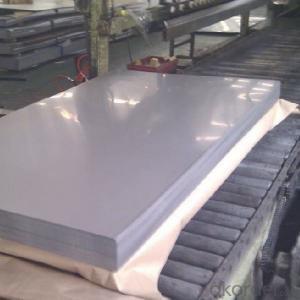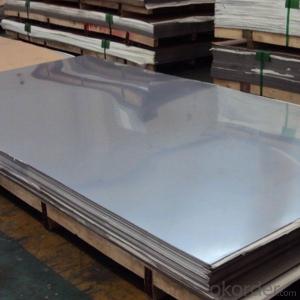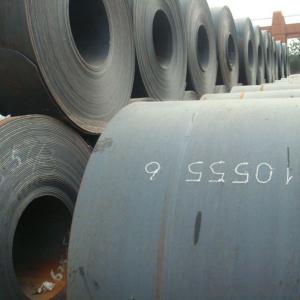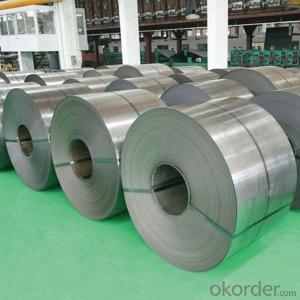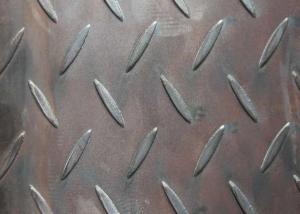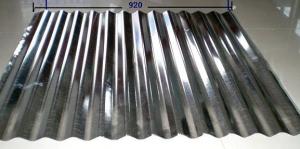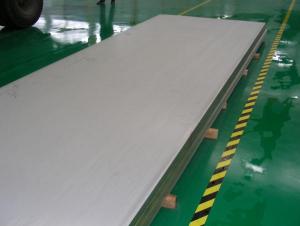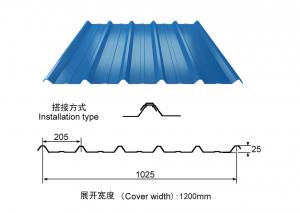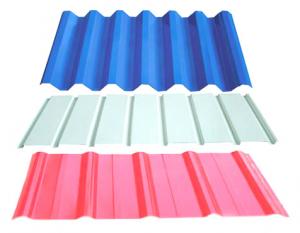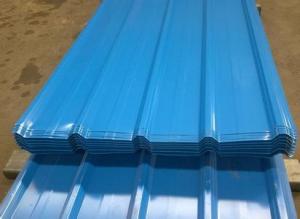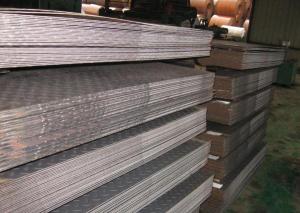Hot Rolled Plate Steel 2016 New Desigh With Good Quality
- Loading Port:
- Tianjin
- Payment Terms:
- TT OR LC
- Min Order Qty:
- 500 m.t.
- Supply Capability:
- 10000 m.t./month
OKorder Service Pledge
OKorder Financial Service
You Might Also Like
Specification
DESCRIPTION:
GRADE: SS400, ASTM A36, A572, ST37,ST52, Q195, Q215, Q235,Q345, S235JR etc.
STANDARD: GB/T709-2006, ASTM A36, JIS G3101, DIN EN 10025, SAE 1045, ASTM A570
SPEC: 1)Width: 600-2500mm or 1000,1050,1250,1500,1800,2000mm
2)Thickness:1.5mm-200mm or as customers’ special requirements;
3)Length: 2-12m or as customers’ special requirements
PACKING:
1.Big thickness:by bulk vessel
2.Small thickness:packed by steel strips and shipped by container
3.According to the requirements of customers'
TRADE TERMS :FOB, CFR, CIF
DETAILED PICTURES FOR STEEL COILS
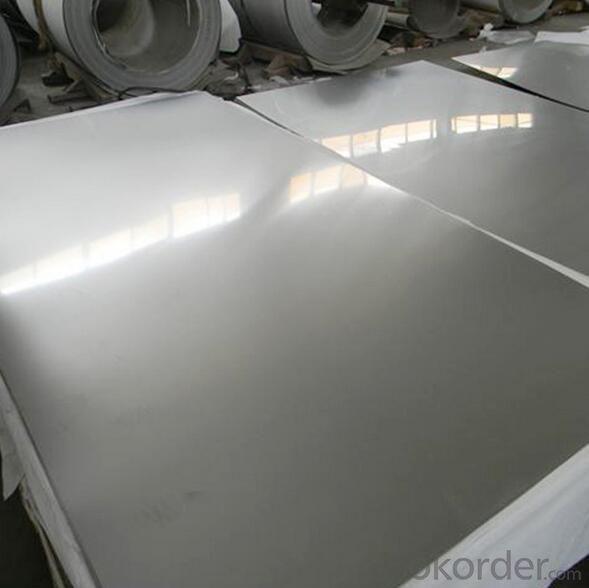
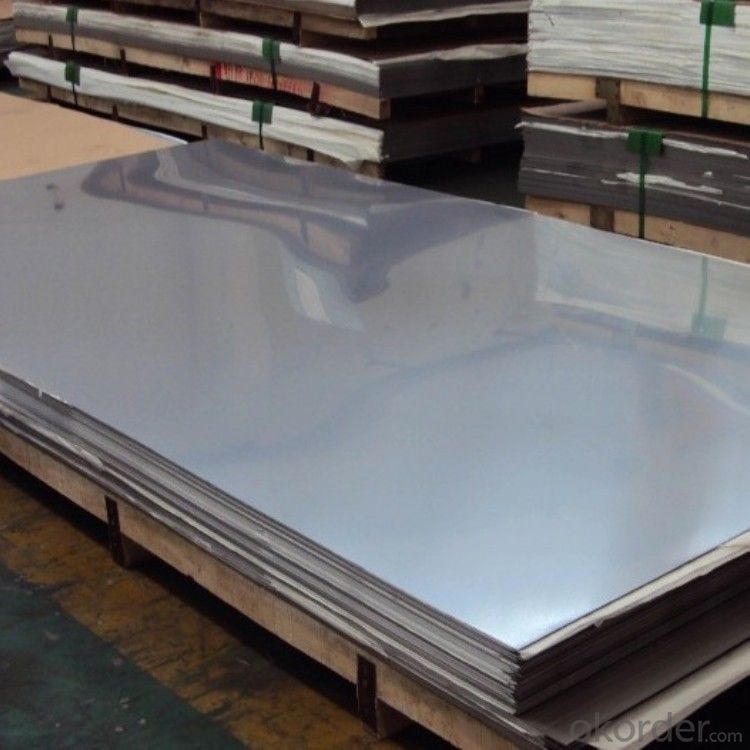
FAQ
Q:How to order?
A: Please send us your purchase order by email or fax .or you can ask us to send you a proforma invoice for your order .We need to know the following information for your order.
1) Shipping information-company name, street address, phone number, fax number, destination sea port
2) Product information – Quantity, Specification (steel type, thickness, width, surface finish)
3) Delivery time required
4) Forwarder's contact details if there's any in China
- Q: Q195 galvanized steel plate, is it hot or cold?
- Cold rolling mill for rolling power, low efficiency, and the rolling process in order to eliminate work hardening and annealing, so the cost is higher, but the cold rolled steel surface bright, good quality, can be directly used for processing products, it is ten points wide application of cold rolled steel plate.
- Q: Can steel sheets be used for solar panel installations?
- Solar panel installations can indeed utilize steel sheets. With their strength and durability, steel serves as a reliable foundation for mounting solar panels. Notably, steel sheets are frequently employed in the construction of support structures like mounting frames or racks for solar panels. Their malleability allows for easy shaping and cutting to meet installation requirements. Moreover, steel's resistance to corrosion is essential for prolonged outdoor usage. Nonetheless, it is vital to ensure appropriate insulation and grounding to avert potential electrical problems associated with employing steel sheets for solar panel installations.
- Q: How to choose welding method for welding different plate and thick steel plate?
- For welding efficiency:General welding or argon arc welding of thin plate, medium plate with gas shielded welding (such as two welding), thick plate with submerged arc welding (usually not groove, single-sided, once the penetration of up to 20mm).
- Q: Can steel sheets be laminated with other materials?
- Yes, steel sheets can be laminated with other materials. Lamination is a process where multiple layers of materials are bonded together to create a composite structure. Steel sheets can be laminated with various materials such as plastics, polymers, wood, or other metals, depending on the desired properties and application requirements. This lamination process enhances the strength, durability, and overall performance of the steel sheets.
- Q: Can the steel sheets be easily drilled for fastening purposes?
- Drilling steel sheets for fastening purposes? Absolutely possible! Steel is renowned for its strength and durability, yet it remains relatively easy to work with when it comes to drilling. By employing the correct tools and techniques, you can effortlessly create holes in steel sheets to attach brackets, screws, or nails. Nevertheless, it's crucial to employ drill bits specifically designed for metal drilling. Moreover, during the drilling process, it might be necessary to utilize lubricants or cooling agents to prevent overheating and potential damage to the drill bit. Although drilling through steel sheets demands additional effort and careful handling, rest assured, it can be accomplished successfully for fastening purposes.
- Q: Can steel sheets be used for construction equipment?
- Yes, steel sheets can be used for construction equipment. Steel is a versatile and durable material that offers strength and stability, making it suitable for various construction equipment such as excavators, cranes, bulldozers, and scaffolding. Steel sheets can be formed, welded, and shaped into different components and structures, ensuring the reliability and robustness required in construction applications.
- Q: What are the different forms of steel sheets (flat, perforated, expanded, etc.)?
- Some different forms of steel sheets include flat sheets, perforated sheets, expanded sheets, and corrugated sheets.
- Q: Can steel sheets be used for transportation applications?
- Transportation applications can indeed make use of steel sheets. Steel has gained immense popularity in the automotive and aerospace sectors owing to its exceptional strength, durability, and resistance to corrosion. Chassis, body panels, doors, and structural parts in various transportation components are often constructed using steel sheets. These sheets offer remarkable structural integrity and can endure substantial loads, making them ideal for vehicles and aircraft. Moreover, steel sheets can be effortlessly shaped, welded, and machined, enabling customization and efficient manufacturing procedures.
- Q: Are steel sheets suitable for exterior cladding?
- Indeed, exterior cladding can be accomplished with steel sheets. Steel, as a material, possesses durability and strength, rendering it capable of enduring diverse weather conditions such as intense sunlight, torrential rain, and extreme temperatures. It exhibits resistance towards corrosion and avoids warping or rotting, unlike alternative materials. Steel sheets further offer an array of colors and finishes, catering to a broad spectrum of design possibilities. Moreover, the installation and maintenance of steel cladding are effortless, thereby contributing to its widespread usage for exterior purposes. Consequently, steel sheets offer a dependable and visually appealing choice for exterior cladding.
- Q: How are steel sheets protected during transportation by air?
- Steel sheets are protected during transportation by air through various measures such as packaging them in protective covers, using cushioning materials like foam or bubble wrap, securing them with straps or bands to prevent movement, and placing them in sturdy crates or pallets to minimize the risk of damage. Additionally, some steel sheets may undergo corrosion-resistant coatings or be stored in climate-controlled containers to protect them from moisture or extreme temperature changes during transit.
Send your message to us
Hot Rolled Plate Steel 2016 New Desigh With Good Quality
- Loading Port:
- Tianjin
- Payment Terms:
- TT OR LC
- Min Order Qty:
- 500 m.t.
- Supply Capability:
- 10000 m.t./month
OKorder Service Pledge
OKorder Financial Service
Similar products
Hot products
Hot Searches
Related keywords
